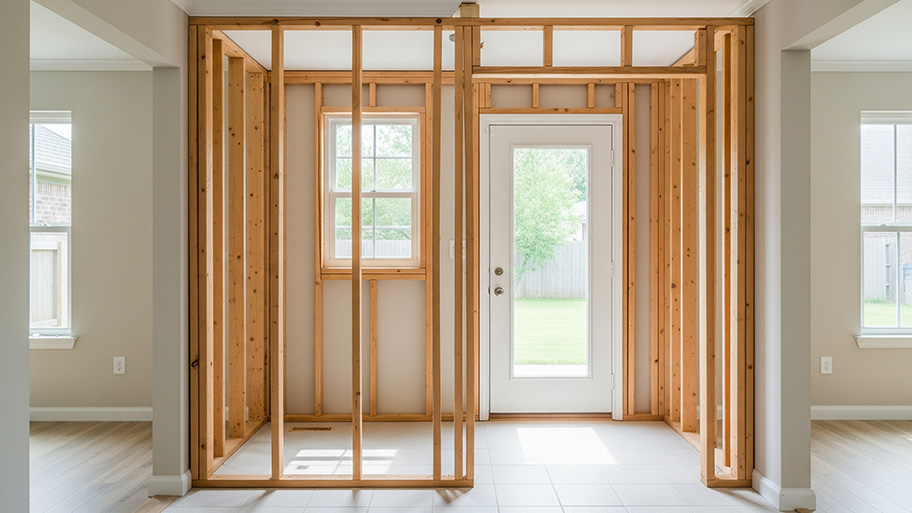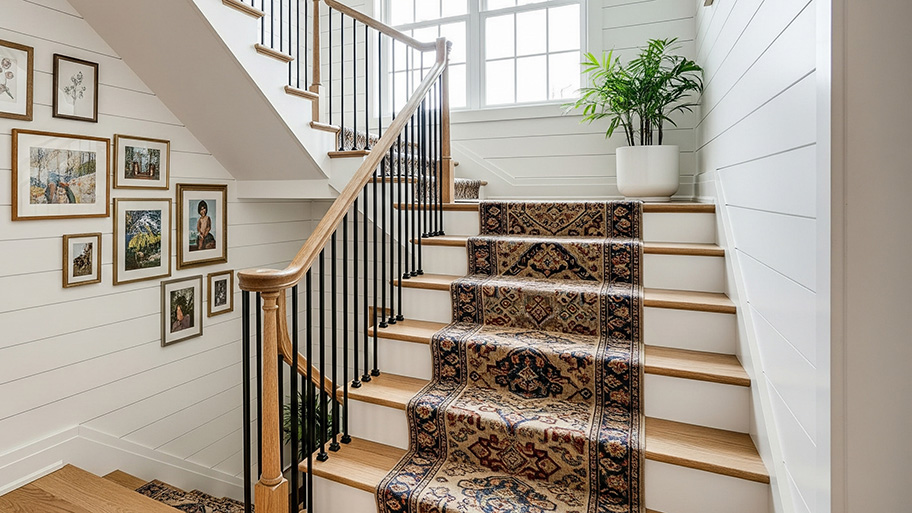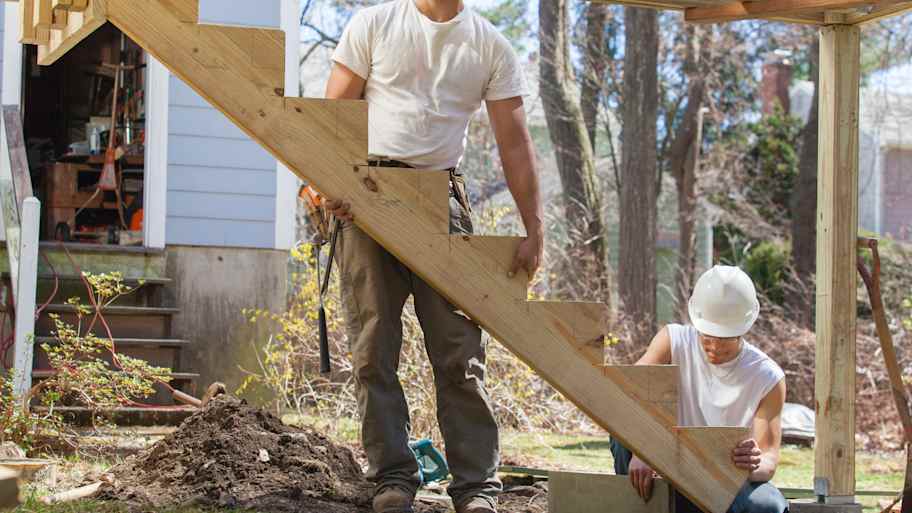
Sometimes, all your home needs is a new wall to make a room or provide an updated function to an existing space. Learn how much it costs to install a new wall.
Scan up and down this list to get to the root of the problem


Resetting the elevator can solve some problems.
Keep moving parts lubricated to prevent wear and tear.
Faulty electrical wiring can be the cause of elevator issues.
Always hire a pro to handle repairing a home elevator.
Home elevators cost around $30,000 to replace.
An at-home elevator can be a crucial way for homeowners to get from point A to point B. But if your home elevator isn’t working as intended, you could find your home’s accessibility to drop considerably. Fortunately, home elevator troubleshooting may help you pinpoint the exact cause of the problem, allowing you to decide whether you can fix it yourself or need to call in a trained technician.
Home elevator installation often requires a full home remodel. We recommend contacting a pro to ensure the whole process goes smoothly.
If your at-home elevator won't budge, several factors could be at play, including mechanical failures and power issues.
To fix it, the first thing you want to do is reset the unit. Resetting your home elevator may solve the problem without you needing to do anything else. Turn off the main power switch for at least five minutes and then flip it back on. If the problem persists, check the power source for issues. A tripped breaker or blown fuse could cause your elevator to stay stationary no matter what you do to try to fix it.
If neither of these solutions works, then there may be a mechanical failure like a worn-out pulley system or damaged cables. You'll need to hire a local elevator company to inspect the elevator and repair or replace damaged sections if you suspect a mechanical issue.

Every appliance makes a humming sound when in use, but if you hear other sounds like banging, rattling, or unusually loud noises that weren't present before, then there could be an underlying problem with your elevator.
Common causes of noisy home elevators include a lack of lubrication and misaligned tracks. Moving parts of your elevator require routine cleaning and lubrication. Clean debris out of the tracks and rollers. Then, lubricate the cables, tracks, and rollers using a manufacturer-approved lubricant. This should help reduce noise and might realign tracks that became misaligned due to obstruction or lack of lubrication.
An elevator door that won’t open or shut properly can cause the entire elevator to shut down as a safety precaution and to prevent damage if there’s an obstruction.
Fixing this issue starts with an inspection of the areas around the door. Elevators have door sensors that get activated from debris, dirt, or obstacles over time if not properly maintained. Do a thorough cleaning of the area to see if this solves the problem. If the door continues to act up, then there could be a problem with the sensor itself. You may need to hire a pro to install new doors or sensors, which can range from anywhere between $100 to $2,000.
Faulty wiring is the biggest culprit for flickering lights. The vibrations from your home elevator can loosen wires and cause the lights to flicker or turn off and on inconsistently.
Lights that become unresponsive and then turn on after starting the elevator may be due to a surge in the voltage from when your elevator starts. If your elevator is outdated and not running efficiently, it could be using more energy than needed. Your electrical circuit may not have enough amps to handle the electrical load if this is the case. Most elevators require at least a 15-amp dedicated circuit, but some may require up to a 30-amp dedicated circuit.
To fix these problems, hire a local electrician to inspect your wiring and repair or replace faulty outlets or wires as needed.

A broken control panel may prevent your elevator’s floor buttons and emergency communication system from operating. Check the control panel for error codes and use the manufacturer’s manual to determine the exact cause of the problem. You may see flashing lights on the buttons alongside error codes.
Sometimes, resetting your elevator can fix a faulty control panel. Other times, you'll need to replace or repair the control panel to have your buttons operating as they should.
An elevator that makes unsteady movements can mean misaligned tracks, faulty floor sensors, unlubricated moving parts, or worn moving parts. If paired with grinding sounds, there’s a good chance that your elevator has worn bearings.
Unsteady movements that come with squeaking sounds might be resolved by trying some of the solutions from previous troubleshooting steps—i.e., by fixing misaligned tracks by cleaning the paths to ensure no obstacles are in the way and lubricating moving parts. But if you have worn moving parts, you should avoid attempting to DIY the repair and stop using the elevator until a pro has a chance to repair it.
A worn cable system requires the experience of a trained technician to safely repair because of the amount of weight and skills needed to navigate such complex and dangerous equipment.
The average life span of a home elevator is anywhere between 20 and 30 years depending on the type of home elevator and quality. Home elevators approaching the 25-year mark may not benefit from repair work—especially if the cost to repair your elevator is more than 50% of the cost of replacing your elevator.
Since a home elevator costs around $30,000, with prices ranging from $2,000 to $60,000, you’ll need to compare repair costs with new elevator costs to decide. An alternative to installing a new elevator that could save you money is a stair lift. The average stair lift costs $7,100 or between $2,300 and $24,000. Talk with someone who installs home elevators to see what the best decision is for your home.
From average costs to expert advice, get all the answers you need to get your job done.

Sometimes, all your home needs is a new wall to make a room or provide an updated function to an existing space. Learn how much it costs to install a new wall.

Discover stair repair cost estimates, including average prices, key cost factors, and tips to help you budget for your stair repair project.

Curious how much general contractors charge per hour? Discover hourly rates, key cost factors, and tips to save on your next home project.

Knowing what to expect from your contractor during a home improvement project is essential. This guide explains how to pay contractors in several ways.

Medium-density fiberboard is a commonly used material for various carpentry projects. Learn more about medium-density fiberboard costs for projects and more.

Stair stringers support every step you take. From wood to steel, open to closed—explore the different types, materials, and whether to DIY or hire a pro.